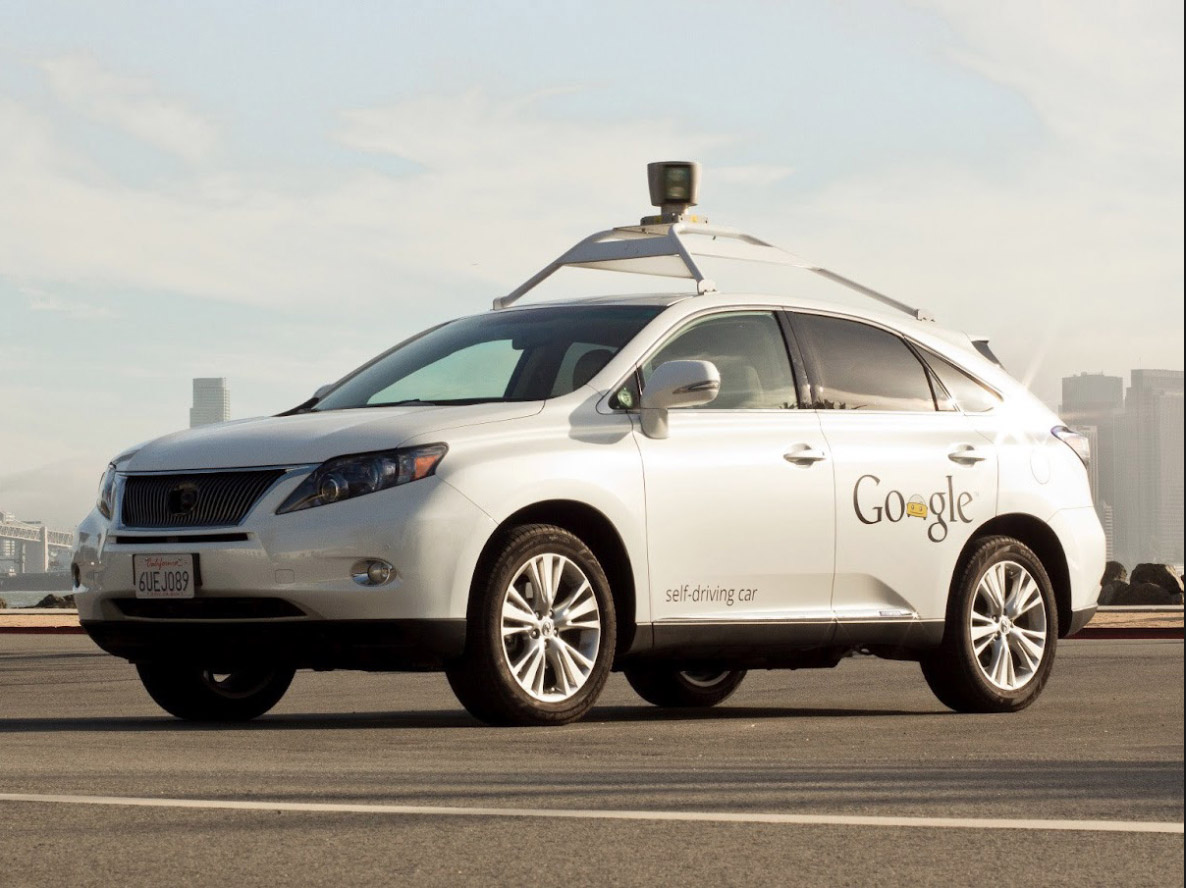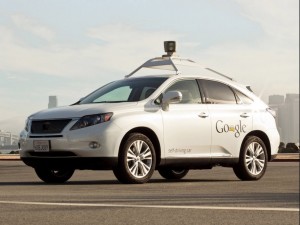
Google car crashes into a bus

One of the driverless Google cars crashed into a bus in California on February 14, 2016, at Mountain View, near Google’s headquarters, but there were no injuries. Google reps are to meet California’s Department for Motor Vehicles (DMV) to discuss the incident and determine where the blame lies. The Google car was travelling at 2mph (3km/h), when it pulled out in front of a public transport bus going at 15 mph (24km/h). The human failed to override the car’s self-driving computer and assumed the bus would slow down to let the car out.
In a statement Google said: “We clearly bear some responsibility, because if our car hadn’t moved there wouldn’t have been a collision.”
Although Google’s self-driving cars have clocked more than million miles across various states in the US, and only minor incidents “Fender Benders” have been reported so far. In all of those cases, the computer even once took the blame. Google releases a monthly report detailing the testing of its self-driving technology, which they hope, one day in the near future take over our streets.
The Google AV was operating in autonomous mode and travelling at less than two mph, and the bus was travelling at about 15 mph at the time of contact and the right of way is for the bus. The car’s movements were made more complex by the presence of sandbags on the road, according to Google. Google said it had now refined its self-driving algorithm. “from now on, our cars will give way to buses and other large vehicles who are less likely to yield to us than other types of vehicles, and we hope to handle situations like this more gracefully in the future.” Google said.
The bus crash occurred just four days after a legal breakthrough for the self-driving project as the US National Highway Traffic Safety Administration told Google it would give the self-driving computer the same legal status as a human driver, as this decision would pave way for self-driving cars without any typical controls such as a steering wheel or pedals. But what happens when the computer malfiunctions, as we all know computers are vulnerable to viruses, Trojan horses attacks?
